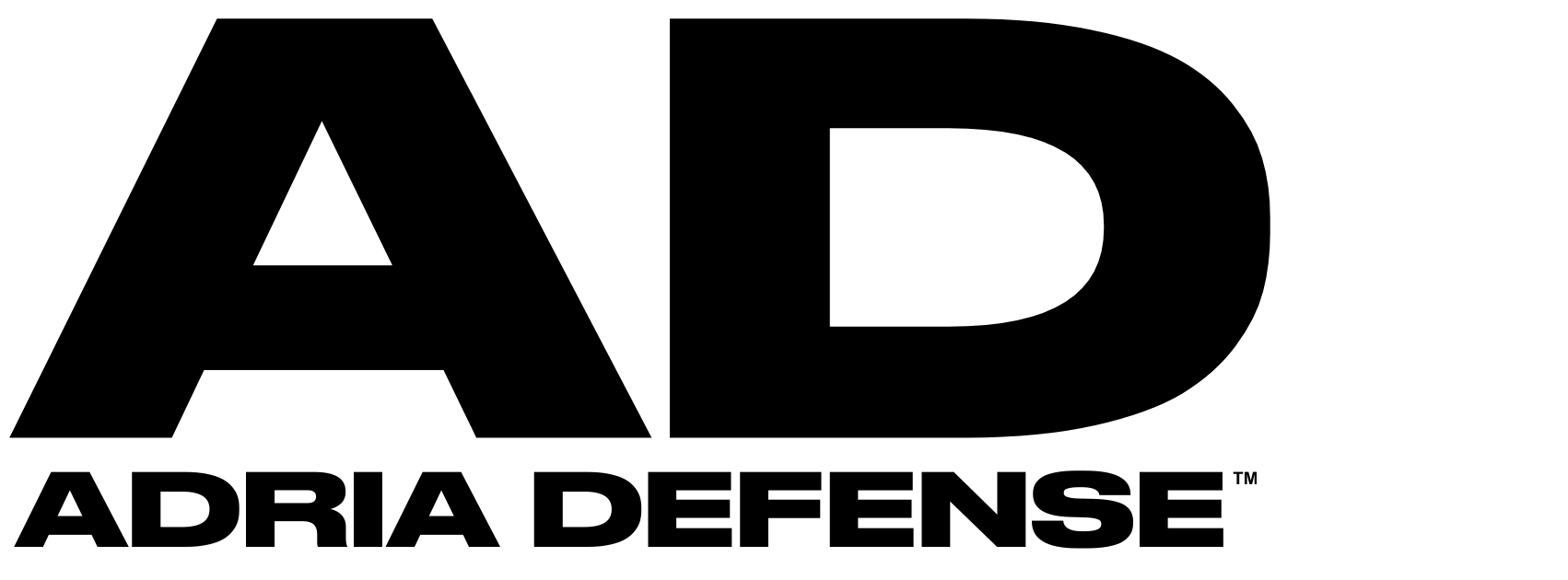From Washington to Warsaw: How Rubio’s Knudsen Act Could Stabilize NATO Supply Chains
A little-noticed U.S. bill, the William S. Knudsen Defense Remobilization Act, would map bottlenecks and turn wartime demand models into peacetime contracts. Backed by Marco Rubio, it aims to reboot U.S. production—and send clearer, steadier signals to Europe and NATO supply chains.

WASHINGTON — A little-noticed bill bearing the name of a World War II industrial czar is emerging as a litmus test for whether the United States can rebuild the muscle memory of rapid defense production — and, by extension, whether NATO can count on steadier ammunition and components in a crisis.
The William S. Knudsen Defense Remobilization Act, introduced in the last Congress and refiled this spring, would establish a high-level commission to map the U.S. defense-industrial base, identify bottlenecks from energetics to workforce, and recommend a timetable for rebuilding surge capacity. The measure has been referred to the Senate Armed Services Committee, a procedural step that signals the idea is now squarely in the hands of the chamber’s defense gatekeepers.
Championed by Senators Marco Rubio of Florida and J.D. Vance of Ohio, along with allies in the Republican conference, the proposal is a pointed response to the last two years of hard lessons: U.S. stockpiles deplete quickly, shipyards move slowly, and the supply chain for basic ingredients — propellants, casings, chips — is fragile. The legislation first appeared in March 2024 and returned in April 2025 with essentially the same core: create a William S. Knudsen Commission for American Defense-Industrial Mobilization and task it with turning wartime demand models into peacetime production plans.
Mr. Rubio’s argument is spare and unapologetic: the United States faces “critical shortages in vital defense supplies,” and strategy without production is theater. That line — dismissed by some as hawkish marketing a year ago — now reads like consensus after procurement officials, European allies and industry executives tallied the delays and workarounds required to sustain Ukraine and replenish U.S. stocks.
The bill’s theory of change is unfashionable in a town that often equates new money with new capability. Rather than fling another tranche of funding across dozens of programs, it proposes to sequence the rebuild: first map the chain end-to-end, then fix the chokepoints that actually control time — permits, people, power and powders. It also directs the commission to examine how federal rules impede expansion, a perennial complaint from mid-tier suppliers asked to add shifts without predictable approvals or long-horizon contracts.
Critics can plausibly scoff that Washington has no shortage of commissions. They are right. The difference here is the object of study. The United States has not attempted a comprehensive, time-bound inventory of its defense-industrial base in the modern era of just-in-time logistics and offshored ingredients. The last true mobilization memory dates to the very figure the bill invokes: William S. Knudsen, the auto executive Franklin Roosevelt drafted to convert Detroit for war. The namesake is a reminder that surge capacity is built long before it is needed, and that it lives in factories, not in appropriations tables.
For Europe, the implications are concrete. A functioning U.S. roadmap would stabilize transatlantic demand signals, allowing European manufacturers to plan multi-year output for artillery metal parts, energetics precursors and guidance subassemblies that feed joint programs. It would also clarify where co-production makes sense — and where deliberate duplication inside Europe is prudent to hedge against U.S. bottlenecks. Put differently: if Washington can state, credibly, what it will produce and when, European planners can stop guessing which gaps they must fill.
The politics of the Knudsen bill matter less than the coalition it could assemble. Mr. Rubio and Mr. Vance have framed the effort as industrial realism rather than ideological theater, and the twice-filed measure suggests staying power. The 2025 version, S.1524, moved promptly to the Armed Services Committee; the 2024 version, S.3944, established the baseline text, including the commission’s scope and reporting deadlines. If the Senate couples that roadmap with multi-year procurement and targeted permitting reforms, the commission would be more than a white paper factory.
There is, of course, a trap door: declaratory victory. Congress could pass a commission, hold a press conference and leave the hard bits — shipyard modernization, energetics expansion, skilled-trade pipelines — to wither for lack of authority or guaranteed demand. The recent history of U.S. naval and munitions capacity is littered with such false dawns: studies that recommended everything and authorized nothing.
Industry executives will read the fine print for three signals. First, whether the commission’s work product can be contracted against — not just analyzed — so private capital has a bankable horizon. Second, whether permitting timelines are bounded for expansions that meet safety and environmental thresholds. Third, whether the Pentagon is prepared to cancel “nice-to-have” programs to fund the “must-produce” plants and people. Without those, the Knudsen brand will be symbolism.
Yet the bill’s mere presence has already nudged the debate. It has forced Washington to speak plainly about time — the variable that turns money into capability, or doesn’t. Time to certify new energetics. Time to train welders. Time to stand up a second source for a seeker motor. In that sense, the Knudsen Act is less a slogan than a metronome. It asks whether the United States can set a tempo that allies can plan around.
For NATO capitals from Warsaw to Rome — and for suppliers in Norway, the Baltics and the Balkans now scaling powders, fuzes and metal parts — that tempo is not an abstraction. It determines whether Europe can sustain a long war next door without raiding its own readiness. It determines whether co-production with the United States is a path to resilience or a line of credit that dries up when a single U.S. plant goes dark.
The quiet bet behind the bill is that the United States still knows how to do industrial policy when the mission is unmistakable. Mr. Rubio has been willing to say so out loud — staking political capital on the unglamorous work of permits, plants and people. If Congress pairs his commission with real authorities and multi-year demand, the transatlantic defense economy will feel the difference in fewer than five budget cycles. If it does not, the next crisis will produce the roadmap on its own, in the worst possible way.
Either way, Europe should watch this one closely. The name is old. The stakes are not.





